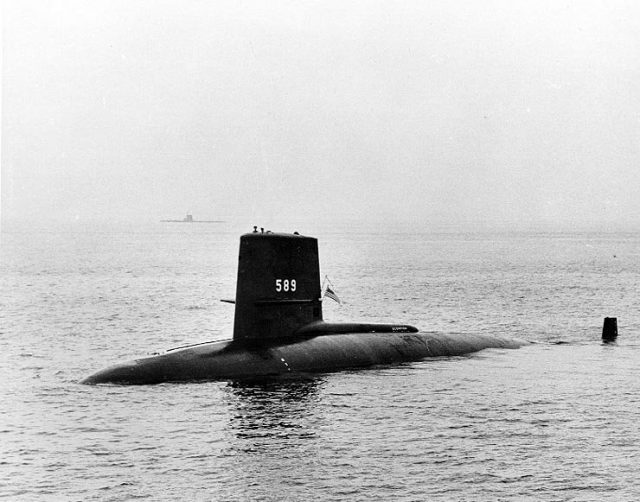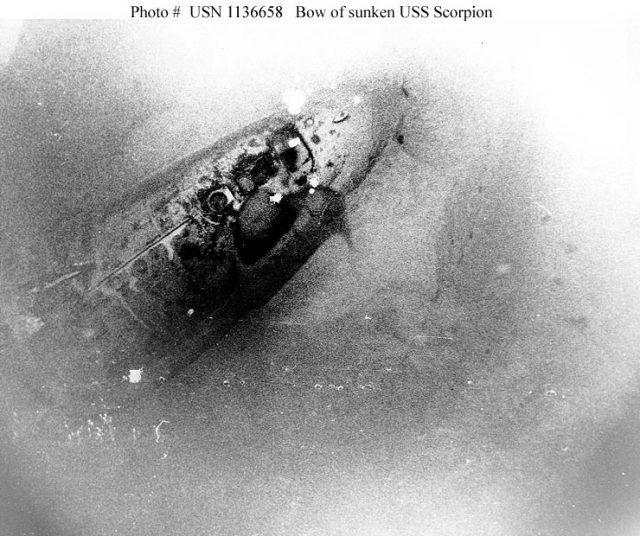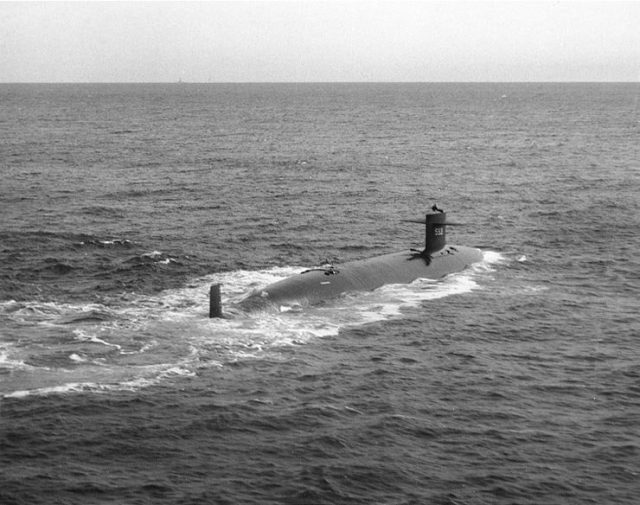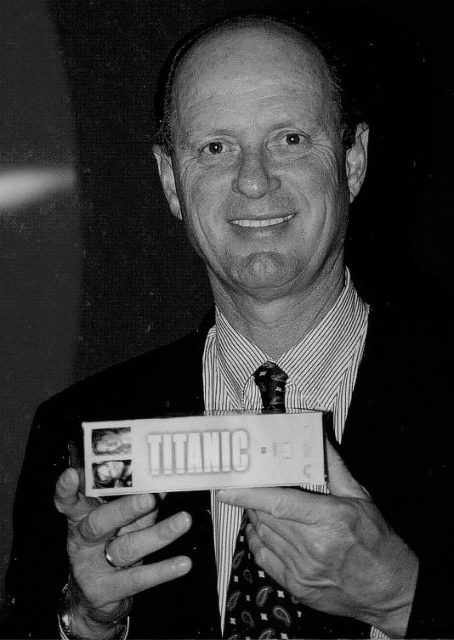In 1985, Dr. Robert Ballard of the University of Rhode Island in Narragansett and the Mystic Aquarium and Institute for Exploration in Connecticut found the long elusive shipwreck of the Titanic.
At the time, he was working with Woods Hole Oceanographic Research Institution in Massachusetts. Dr. Ballard designed two underwater vessels, the Argo, capable of squeezing into tight places and sending live pictures to a monitor and the Alvin, which could take several people down to the ocean floor.

For all of the money and time spent, the discovery of the Titanic was just a side note of a much bigger mission and just happened to yield results. Dr. Ballard was on a secret mission to study the radioactivity of two submarines, the USS Scorpion, sunk in 1968, and the USS Thresher, sunk in 1963 during the Cold War. The Scorpion was carrying nuclear weapons, and both ships had a nuclear reactor. To keep the mission secret, the US Navy and Dr. Ballard claimed he was looking for the Titanic.

The true details of the mission were not released until 2017, and, as it turns out, the Titanic was fairly close to the two submarines. When Dr. Ballard — a Navy veteran — received his orders, he was told that the submarines were of paramount importance and that if there was time after studying the subs for radioactive leakage, he could look for the Titanic. They never expected him to find it, and the subsequent publicity became a major headache for the Navy.
According to military.com, the USS Scorpion was a Skipjack-class nuclear submarine home based in Norfolk, Virginia. She was on a classified mission to track Russian submarines in the Mediterranean Sea and left Virginia in October of 1967. In May 1968, the Scorpion left Spain for home and was due in port on May 27th.

When the sub had not arrived several hours after its scheduled time, the Navy launched a search. On June 5th, it was announced that the Scorpion and its crew of 99 were presumed lost. The Navy has never been able to say for sure what caused the Scorpion to sink, but, due to Dr. Ballard’s photos, it is believed that an accidental torpedo explosion was the cause.
With no definitive proof, many have made up their own answers such as a Russian attack and a Navy coverup. The Navy refused the request made by the U.S. Submarine Veterans in November 2012 to reopen the case. The wreck is located about 400 nautical miles from the Azores.
Check out 7 Things you Probably Didn’t Know About the Titanic:
USS Thresher was performing deep-diving tests off the coast of Cape Cod, Massachusetts on April 10, 1963, when it sank, losing 129 men. She left Portsmouth on April 9th and proceeded to do test trials accompanied by the rescue ship USS Skylark. Several different tests were performed with the sub staying submerged overnight. The next day, the sub reestablished communications with the Skylark and began even deeper dives. As she approached the test limit, Skylark received two jumbled messages and then nothing.

The Navy sent ships to search for the missing sub but by April 11th the Thresher was declared lost with all hands. The search continued underwater, however, and the wreck was discovered, according to military.com, showing that the Thresher had imploded and spread debris over 35 acres.
Expeditions to the wreck site in June and August took pictures, and an inquiry, aided by the 1963 photographs and Dr. Ballard’s photographs, determined the reactor had shut down causing the sub to sink and implode at about 2,000 feet under the water. The Navy determined that a high-pressure pipe which provided the nuclear reactor with cooling water had blown.

The search for the two submarines aided Dr. Ballard in finding the Titanic as he learned not to look for parts of the ship but to find the trail of debris which would lead to the ship. Using this technique led Dr. Ballard to find dishes, leather goods, and fixtures which led to the giant boilers and then to the two parts of the broken ship lying on the ocean floor.
Dr. Ballard and his teams have also discovered the remains of the German battleship Bismarck; second world war ship USS Independence and submarine USS Bugara, as well as several other ships. It was also their work that first confirmed the existence of hydrothermal vents in the ocean.
According to National Geographic, when asked if he will be performing more missions for the Navy, Dr. Ballard remarked, “The Cold War is over, I’m no longer in the Navy”– but who knows for sure?
